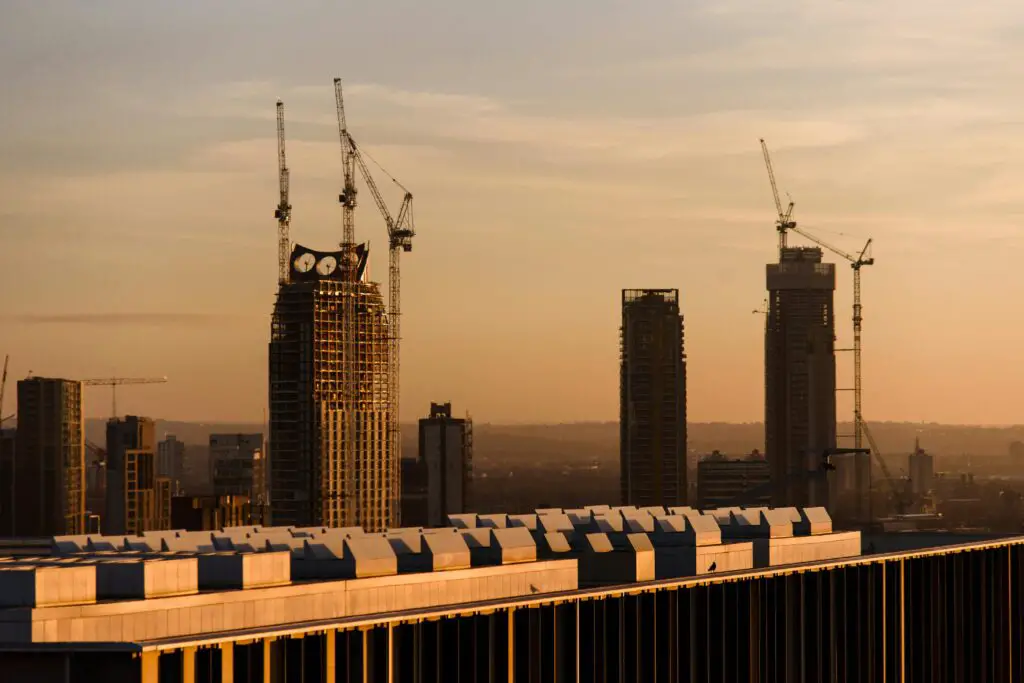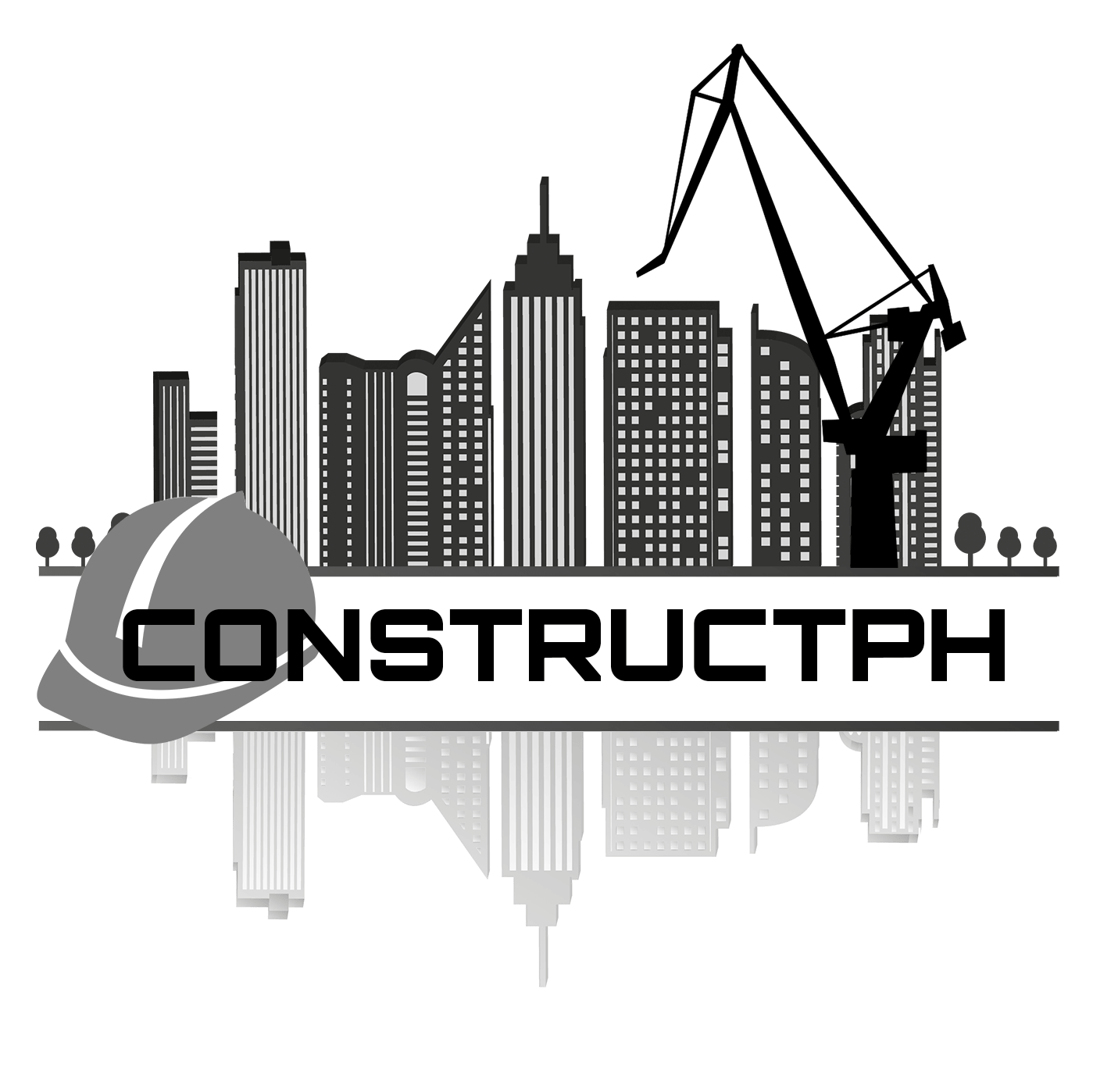The construction industry has been the foundation of human development ever since, shaping the physical landscapes where we live, work and play.
As we enter the 21st century, there are new technologies and approaches that have changed how buildings are conceptualized, designed and put up.
The article looks at some of the most promising innovations that are changing construction arena from emerging building materials to advanced project management practices.
Advanced Building Materials
a. Sustainable Materials:
Modern construction is driven by sustainability concerns. More often than not, the sector is adopting materials that reduce environmental impact.
For example, cross-laminated timber (CLT) has become increasingly popular as an eco-friendly substitute for steel and concrete.
CLT is a type of engineered mass timber which offers both strength as well as carbon capture benefits due to its capability to sequester CO2.
Other sustainable materials include recycled steel, hempcrete and mycelium bricks thereby contributing to lower carbon footprints as well as resource efficiency.
b. Smart Materials:
Smart materials can adapt to changing environment conditions and improve building performance.
Photochromic or thermochromic materials can vary their properties under different lighting or temperature conditions thus potentially cutting energy.
The lifespan of structures is prolonged by self-healing concrete which includes bacteria that produce limestone to fill up cracks and reduce maintenance needs.
Prefabrication and Modular Construction
a. Prefabrication:
Prefabrication involves assembling building components in a factory before shipping them to construction site.
This strategy enhances quality control, cuts down on construction time, and decreases waste generation.
Volumetric modular construction takes this a step further by creating entire sections of a building, such as apartments or hotel rooms, in a factory.
These modules are then assembled on-site often leading to faster and more efficient processes.
b. Modular Construction:
Modular construction is the larger category of prefabrication involving designing and constructing uniform modules for ease of replication and assembly.
This method is especially relevant for repetitive structures like hotels, schools, or housing developments.
Involvement in controlled environments helps reduce mistakes during development stages thus improving the testing stage or quality assurance stage of each module.
Advancement in Digital Technologies and Building Information Modeling (BIM)
a. What is BIM?
Significant progress in construction technology is represented by BIM. It integrates all the important information starting from design to materials and systems, by creating detailed 3D models of buildings.
Through better planning, coordination as well as communication among stakeholders, BIM reduces mistakes and delays.
b. Virtual Reality (VR) and Augmented Reality (AR):
The use of VR and AR technologies in construction has been increasing rapidly.
Design reviews and client presentations can be done using virtual reality where stakeholders are able to walk through a digital model of a building before construction starts.
AR helps with tasks such as installation on the physical construction site by overlaying digital information onto it; real time guidance and visualization.
Robotics and Automation
a. Construction Robots:
Construction is being invaded by robotics through various functional capabilities that enhance accuracy and efficiency .
3D printing robots have the ability construct complicated building components or even whole structures one layer after the other using materials like concrete or plastic .
By automating brick laying, bricklaying robots increase speed as well as consistency while lowering labor costs significantly.

b. Drones:
Construction site inspections and surveys are being revolutionized by the use of unmanned aerial vehicles (UAVs).
These give bird’s eye views that can be used to monitor construction progress, inspect inaccessible areas, or evaluate site conditions.
By quickly collecting information from high resolution cameras and sensors, drones facilitate faster decision-making processes that enhance safety.
Green Building and Energy Efficiency
a. Net-Zero Energy Buildings:
These types of buildings generate enough energy on a yearly basis to offset the total amount they consume.
It requires a combination of energy-efficient design, solar panels as renewable energy sources and sophisticated energy management systems among others.
In addition, passive house design principles will enhance natural heating cooling and ventilation to promote energy efficiency.
b. Green Roofs and Living Walls:
The ecological value of green roofs and living walls is immense as well as their beauty related advantages.
They help in insulating buildings, minimizing urban heat islands, creating habitats for wildlife.
Besides managing stormwater, which improves air quality making cities more sustainable in nature.
Intelligent Cities and Infrastructure
a. Intelligent Infrastructure:
Smart infrastructure is made possible by the use of sensors and data analysis that allow for better monitoring and management of public utilities as well as transport systems.
For instance, smart roads fitted with sensors can provide real-time traffic information and maintenance alerts.
Intelligent lighting systems regulate their brightness according to the number of people present or at certain hours during which they save on energy.
b. Urban Planning and Design:
The current trend in urban planning is more of data-oriented approaches aimed at creating cities that are more habitable and efficient.
Geographic information systems (GIS) and urban simulation models help planners design spaces that enhance connectivity, sustainability, and resilience.
Health and Safety Innovations
a. Enhanced Safety Protocols:
Advanced safety technologies are now being adopted in the construction industry to ensure the safety of workers.
Wearable devices can monitor vital signs and environmental conditions, thus warning workers together with supervisors concerning possible dangers ahead.
The exoskeletons assist in lifting heavy objects hence reducing physical strain on body muscles which reduces chances of getting injuries
b. Healthier Building Environments:
A growing interest in indoor environmental quality, such as air quality, lighting, and acoustic performance, is manifesting.
High-efficiency HVAC systems and low-emission materials create better conditions inside the building to ensure better health and comfort for building occupants.
Conclusion:
The industry of construction is going through a sea-change due to technological advancement and growing concern for issues related to sustainability and efficiency.
From new materials and modular techniques to digital technologies and smart infrastructure, innovation in construction methodology seems to be redefining how we build and interact with our environments.
With these trends further developing, they hold the potential for even greater, impactful solutions for making resilient, sustainable, and intelligent spaces of the future.
To see other material construction, please see here.
To know other construction guides, tips, and methodology for beginners, veterans, and contractors, please see here.

